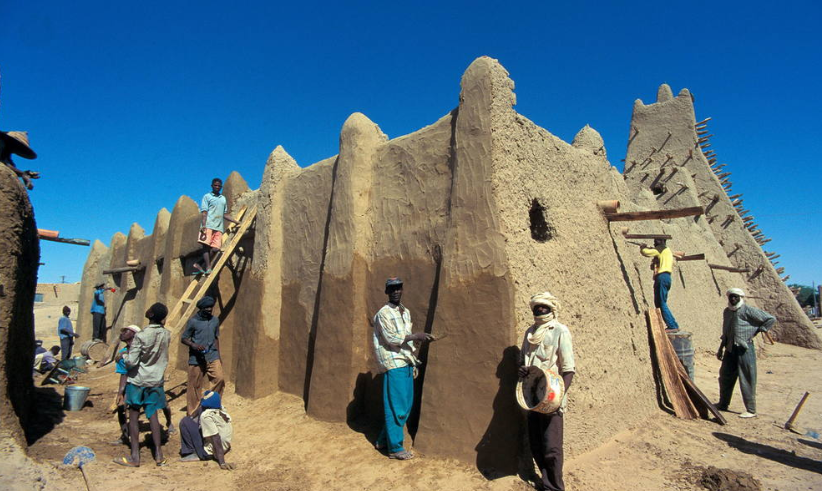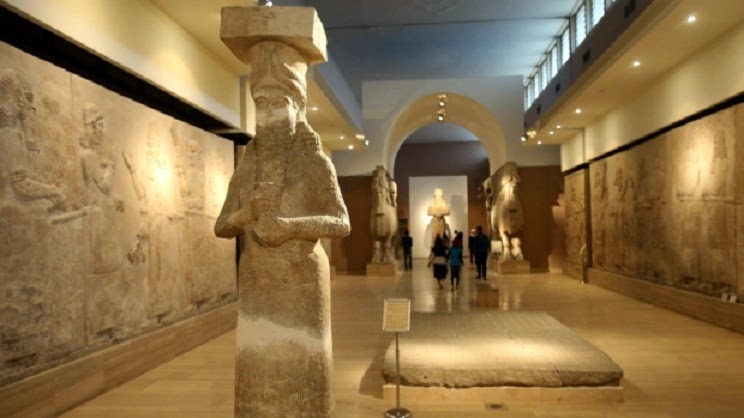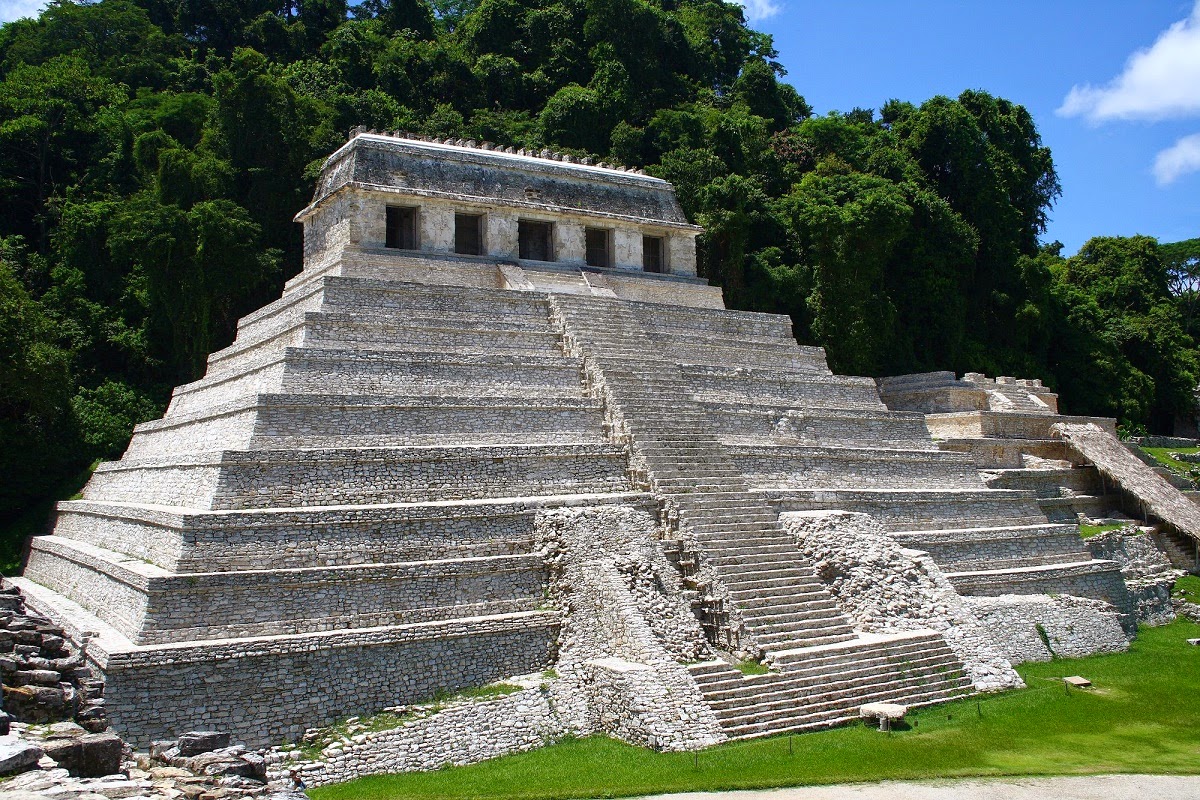Sew La Ti Embroidery [Search results for property]
Tree Felling 101 for the Lavish Property Owner

Near East: Antiquities market on alert for looted Syrian spoils

Near East: UNESCO condemns destruction at Palmyra

South Asia: Looted Indian statue recovered

Heritage: Unearthing Vadnagar

Purple patch: Beach babe Kelly Brook back on smiling form as she smooches on sand in mauve cossie with beau Thom Evans

Near East: Swiss return ancient cultural objects to Egypt

Middle East: UNESCO calls for protection of Yemen’s cultural heritage

Israel: Egypt sues Israel over 126 smuggled artefacts

Old is the New New: Making Wood Work for Your Contemporary Pad

Heritage: Smuggled artefacts to return to Egypt from Switzerland

Solar: the Perfect Technology for the Contemporary Dwelling

North America: NY authorities seek custody of stolen artifacts worth over $100 million

Heritage: Reconstruction of Timbuktu mausoleums nears completion

Iraq: Iraq says ISIS demolishes ruins to cover up looting

Israel: Ancient Jewish necropolis named World Heritage Site

The Glazing Conundrum for Conversion Enthusiasts

Middle East: UN nations agree to action to save Iraqi cultural sites

Heritage: UNESCO designates nine Mexican sites for special protection

Bump Key: safety of the lock under the threat
